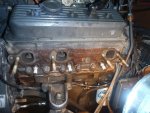RussWalters
Seaman Apprentice
- Joined
- Jun 25, 2018
- Messages
- 34
I am working on a 2005 VP 5.0 GLE that I am working on installing risers/manifolds. I am using all Barr Marine parts.
The installation yesterday went pretty well with a couple of minor exceptions.
1) I was not able to get the gasket 100% removed from the engine block after following all of the service manual instructions of gasket remover, plastic scraper and 80 grit sandpaper. I did however get it down to what I thought was an acceptable surface (more on that)
2) I did not complete seat the exhaust hose exiting the Port riser and when I started the engine through fresh water flush, I had water everywhere coming out of the riser.
After I properly seated the hose on the riser, the engine seemed to run fine for about 10 minutes with no leaks.
I went be bed last night feeling accomplished but woke up in the middle of the night really uncomfortable that I wasn't able to get the gaskets totally removed. So, I pulled the risers/manifolds tonight and low and behold there was some water pooled in the exhaust portion of the riser and some rust colored water came out when I took them off. The entrances to the pistons (?) seemed wet, but just around the 1st quarter inch or so.
Here are the pictures I took of inside the cylinder heads and also from inside the manifolds where you can see the rust.
Any thoughts on if I need to be concerned at the current condition of either the Manifolds or Cylinders? The engine was only run for 10 minutes with fresh hose water and only sat for 24 hours before I tore it apart.
Apologies for the long winded post, but I'm in a bit of a panic and hoping that me trying to save money didn't end up costing me big time!
Thanks in advance for the great insight you all have.
RW
The installation yesterday went pretty well with a couple of minor exceptions.
1) I was not able to get the gasket 100% removed from the engine block after following all of the service manual instructions of gasket remover, plastic scraper and 80 grit sandpaper. I did however get it down to what I thought was an acceptable surface (more on that)
2) I did not complete seat the exhaust hose exiting the Port riser and when I started the engine through fresh water flush, I had water everywhere coming out of the riser.
After I properly seated the hose on the riser, the engine seemed to run fine for about 10 minutes with no leaks.
I went be bed last night feeling accomplished but woke up in the middle of the night really uncomfortable that I wasn't able to get the gaskets totally removed. So, I pulled the risers/manifolds tonight and low and behold there was some water pooled in the exhaust portion of the riser and some rust colored water came out when I took them off. The entrances to the pistons (?) seemed wet, but just around the 1st quarter inch or so.
Here are the pictures I took of inside the cylinder heads and also from inside the manifolds where you can see the rust.
Any thoughts on if I need to be concerned at the current condition of either the Manifolds or Cylinders? The engine was only run for 10 minutes with fresh hose water and only sat for 24 hours before I tore it apart.
Apologies for the long winded post, but I'm in a bit of a panic and hoping that me trying to save money didn't end up costing me big time!
Thanks in advance for the great insight you all have.
RW
Attachments
-
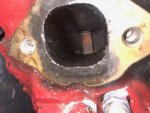 photo296800.jpg529.2 KB · Views: 0
photo296800.jpg529.2 KB · Views: 0 -
 photo296800.jpg529.2 KB · Views: 0
photo296800.jpg529.2 KB · Views: 0 -
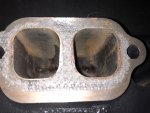 photo296801.jpg1.8 MB · Views: 0
photo296801.jpg1.8 MB · Views: 0 -
 photo296802.jpg862.4 KB · Views: 0
photo296802.jpg862.4 KB · Views: 0 -
 photo296803.jpg688 KB · Views: 0
photo296803.jpg688 KB · Views: 0 -
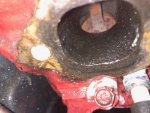 photo296804.jpg685 KB · Views: 0
photo296804.jpg685 KB · Views: 0 -
 photo296805.jpg594.4 KB · Views: 0
photo296805.jpg594.4 KB · Views: 0 -
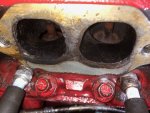 photo296806.jpg757.9 KB · Views: 0
photo296806.jpg757.9 KB · Views: 0 -
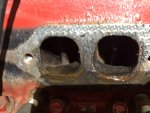 photo296807.jpg765.4 KB · Views: 0
photo296807.jpg765.4 KB · Views: 0 -
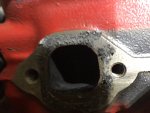 photo296808.jpg600.5 KB · Views: 0
photo296808.jpg600.5 KB · Views: 0 -
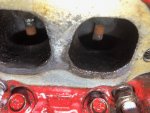 photo296809.jpg714.2 KB · Views: 0
photo296809.jpg714.2 KB · Views: 0 -
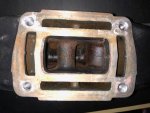 photo296810.jpg1.6 MB · Views: 0
photo296810.jpg1.6 MB · Views: 0




















